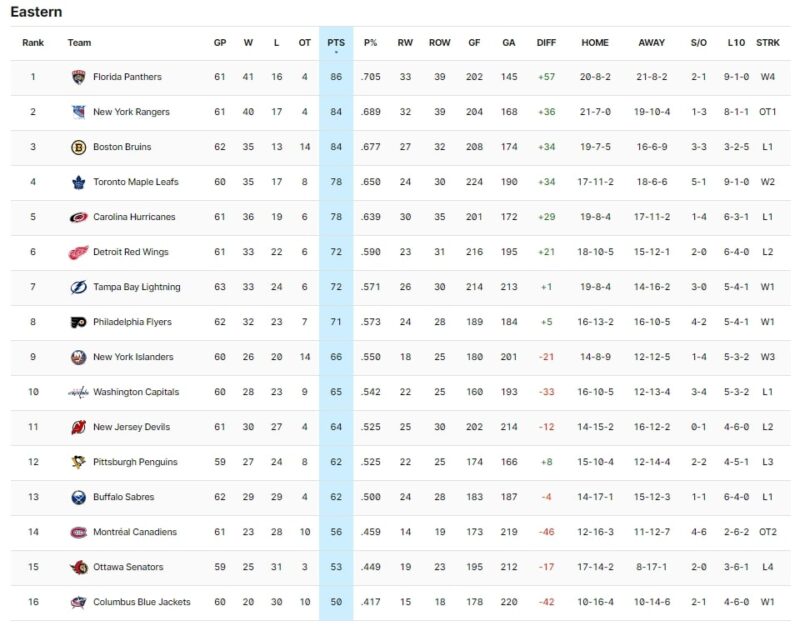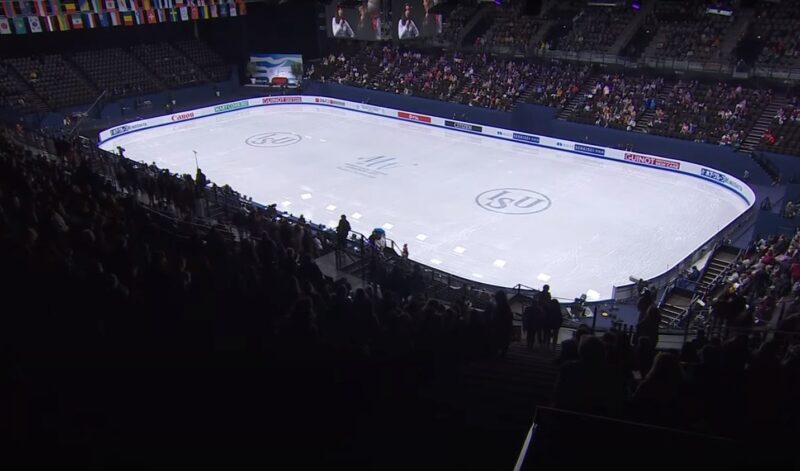
I believe many of us have been in a situation where we were watching a hockey game, scratching our heads, wondering what the heck “OTL” stands for when checking out NHL stats. It’s one of those terms that pops up a lot, and honestly, it took me a minute to get the hang of it too.
So, let’s break it down together and add a cool fact or two about the NHL while we’re at it. This way, the next time you’re watching a game or chatting with friends, you’ll sound like a pro.

OTL in Hockey

OTL stands for “Overtime Loss” in hockey, a statistic tracked in the NHL standings. Since the 2005-06 season, the NHL has awarded points to teams based on the outcomes of games, including overtime losses. When a game goes into overtime, both teams earn at least one point in the standings.
The winning team gets two points, while the losing team receives one point for the OTL. This system ensures that teams are rewarded for making it to overtime, recognizing the competitive balance of the game.
It discourages overly defensive play in overtime, encouraging teams to strive for a win. This approach also adds complexity to the standings, as teams can still obtain points even if they don’t win outright.
The Significance of Overtime

Overtime in hockey is an extra period played to break a tie after the regular 60 minutes of play. It’s a sudden-death scenario, where the first team to score wins the game. The regular season features a 5-minute overtime played 3-on-3, and if it ends without a goal, the game moves to a shootout.
Playoff overtimes, however, are 20 minutes long, played 5-on-5, and continue until a goal is scored, with no shootouts. This distinction heightens the excitement and unpredictability of playoff hockey.
The 3-on-3 format in the regular season is designed to open up the game and increase scoring chances. The endurance and strategy of teams are especially tested in playoff overtime, where the stakes are significantly higher.
Points System in The NHL
The NHL’s unique points system awards teams for wins, losses, and overtime losses. A win in regulation, overtime, or a shootout grants a team two points. A loss in regulation earns zero points, but an overtime or shootout loss still provides one point.
This system creates what’s known as “three-point games” in overtime scenarios, adding a strategic layer to the standings and playoff races. It encourages teams to push for a win in every game, knowing that even a loss in overtime can prove beneficial.
The presence of the three-point game also leads to tighter playoff races and can significantly impact seeding. Teams often strategize differently late in the season based on their potential to gain or lose points in the standings.
Reading NHL Standings

NHL standings can be complex, tracking various statistics like points (PTS), points percentage (P%), goals for (GF), goals against (GA), and more. The standings give a snapshot of which teams are on track for the playoffs and how they compare across the league. Points determine playoff eligibility, with divisions and wildcards playing crucial roles.
The points percentage (P%) helps compare teams that haven’t played the same number of games, offering a fair metric of performance. Understanding these standings is essential for fans and teams alike, as it influences game strategy and fan engagement.
Standings also dictate the intensity of matchups, especially as teams vie for playoff positions or aim to avoid elimination. Moreover, detailed statistics like GF, GA, and DIFF provide insights into team strengths and weaknesses.
Records and Facts
- The 1976-77 Montreal Canadiens hold the record for most team points in a season with 132 points. This team is often cited as one of the greatest in NHL history, demonstrating dominance throughout the season.
- The 1929-30 Boston Bruins have the highest points percentage (P%) in a season with .875. This record highlights the team’s efficiency and success rate in winning games during that era.
- The President’s Trophy is awarded to the team with the most points in the regular season, a prestigious but challenging award to convert into a Stanley Cup victory. Winning the President’s Trophy is often seen as a double-edged sword, as expectations for postseason success increase.
Summary
Understanding “OTL” in hockey is just one piece of the big, exciting puzzle that makes the NHL such a thrilling league to follow. Keep these facts in your back pocket, and you’re all set to enjoy the game even more.
Related Posts:
- How Much Does It Really Cost to Play Hockey? - the…
- How Much Do NHL Refs Make? NHL Referee Salary in 2024
- Can Hockey End in a Tie? Are There Shootouts in NHL…
- NHL Enters Playoffs on an 8-Year Ratings Peak,…
- How Many Games Are in NHL Season? A Complete Overview
- What Are the NHL Overtime Rules for The Playoffs in 2023-24?













